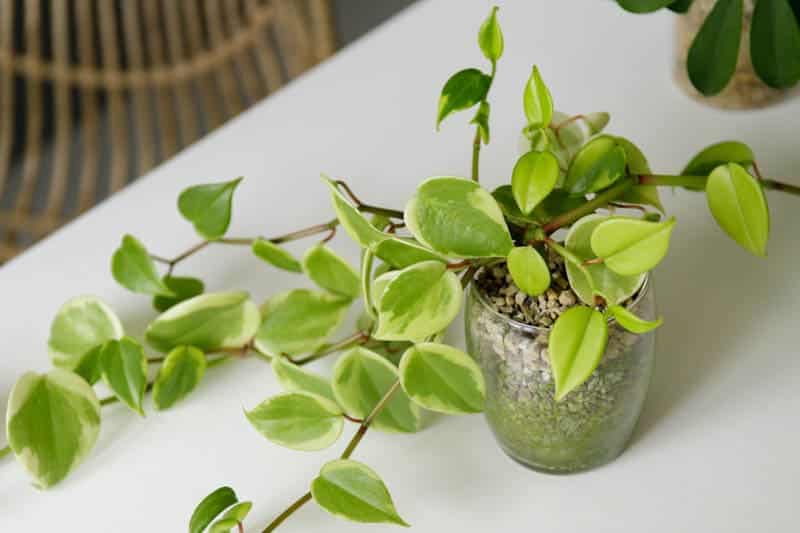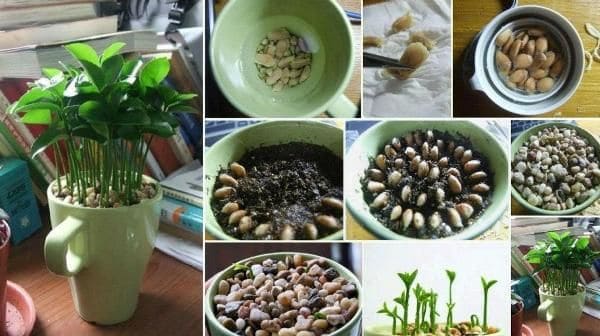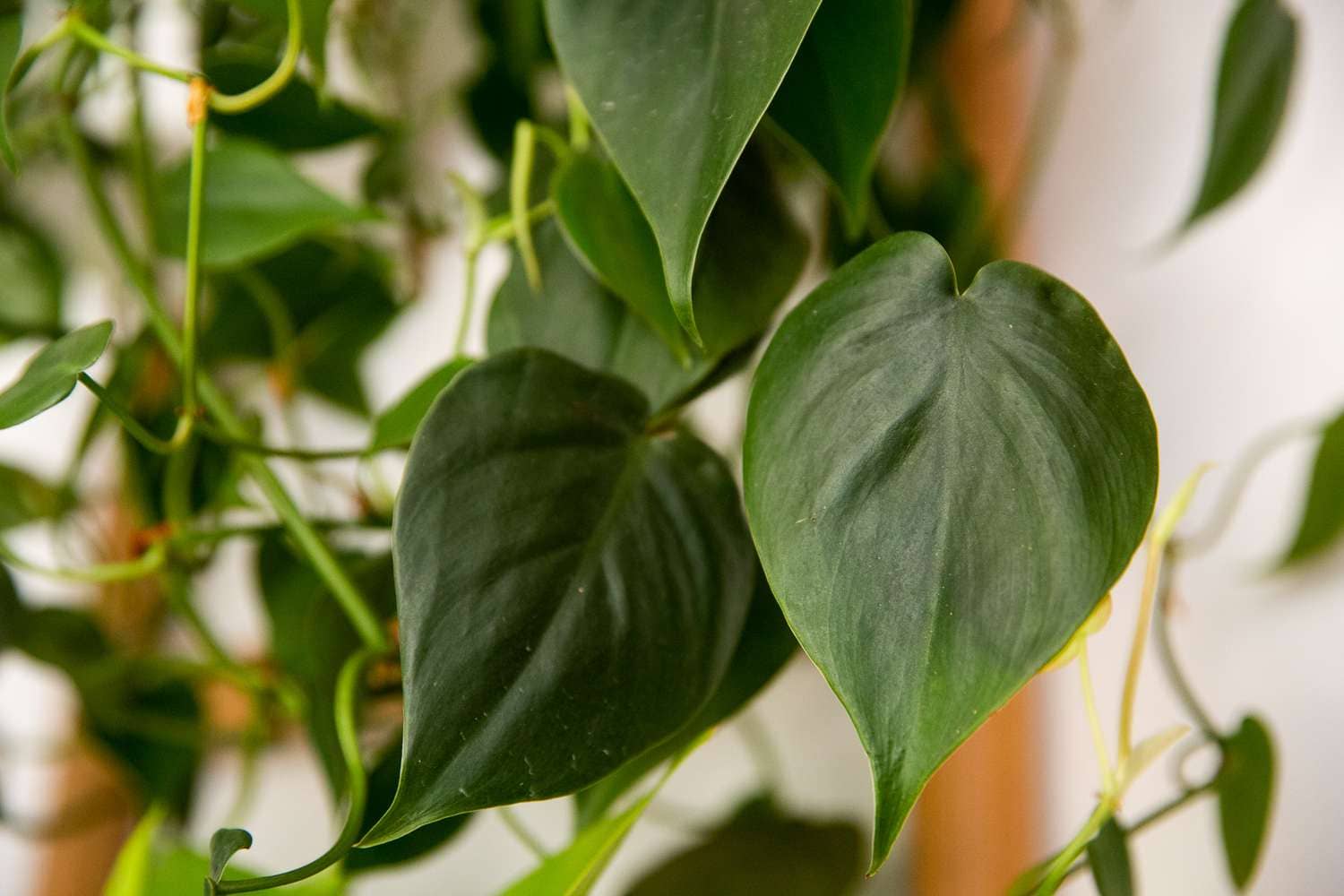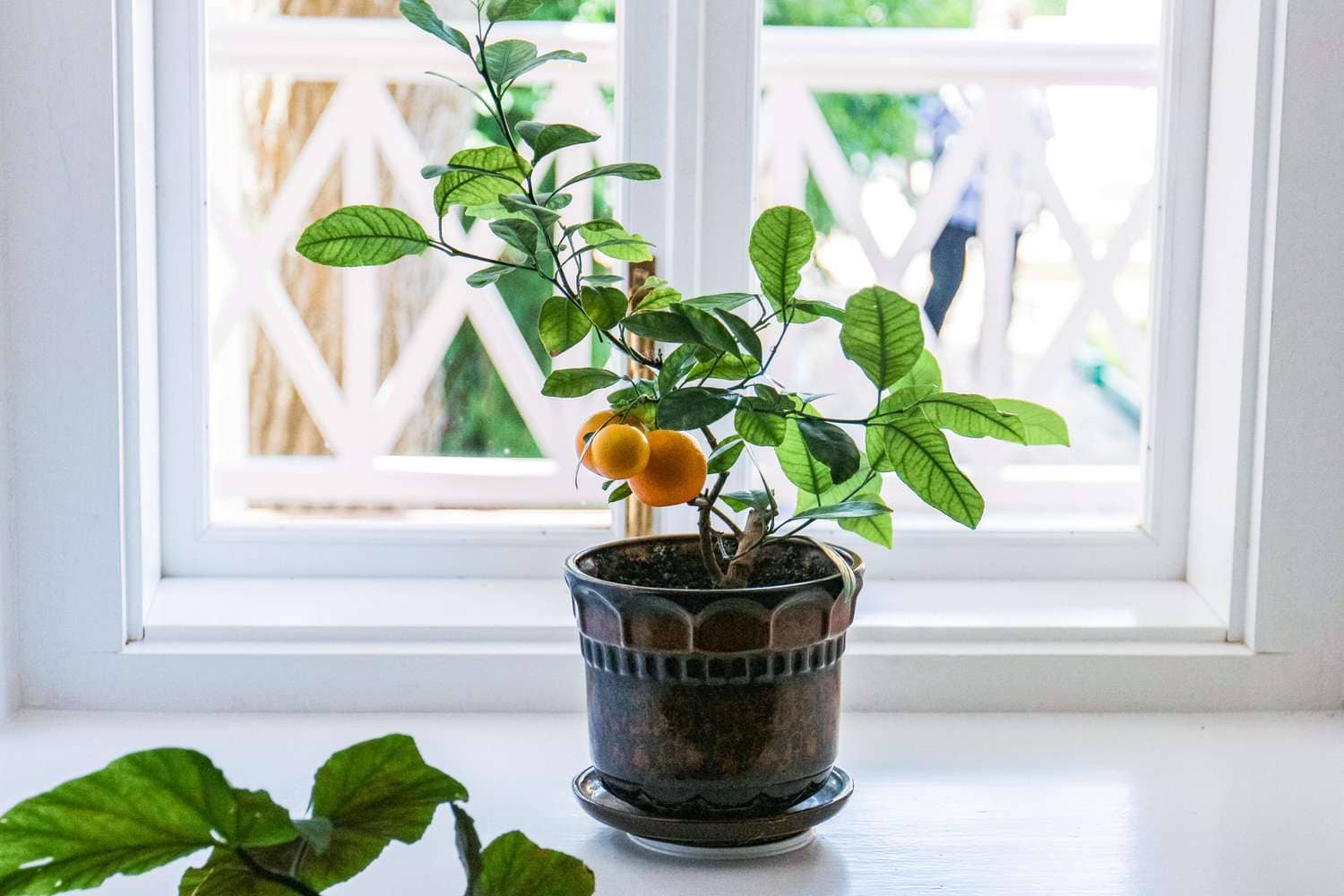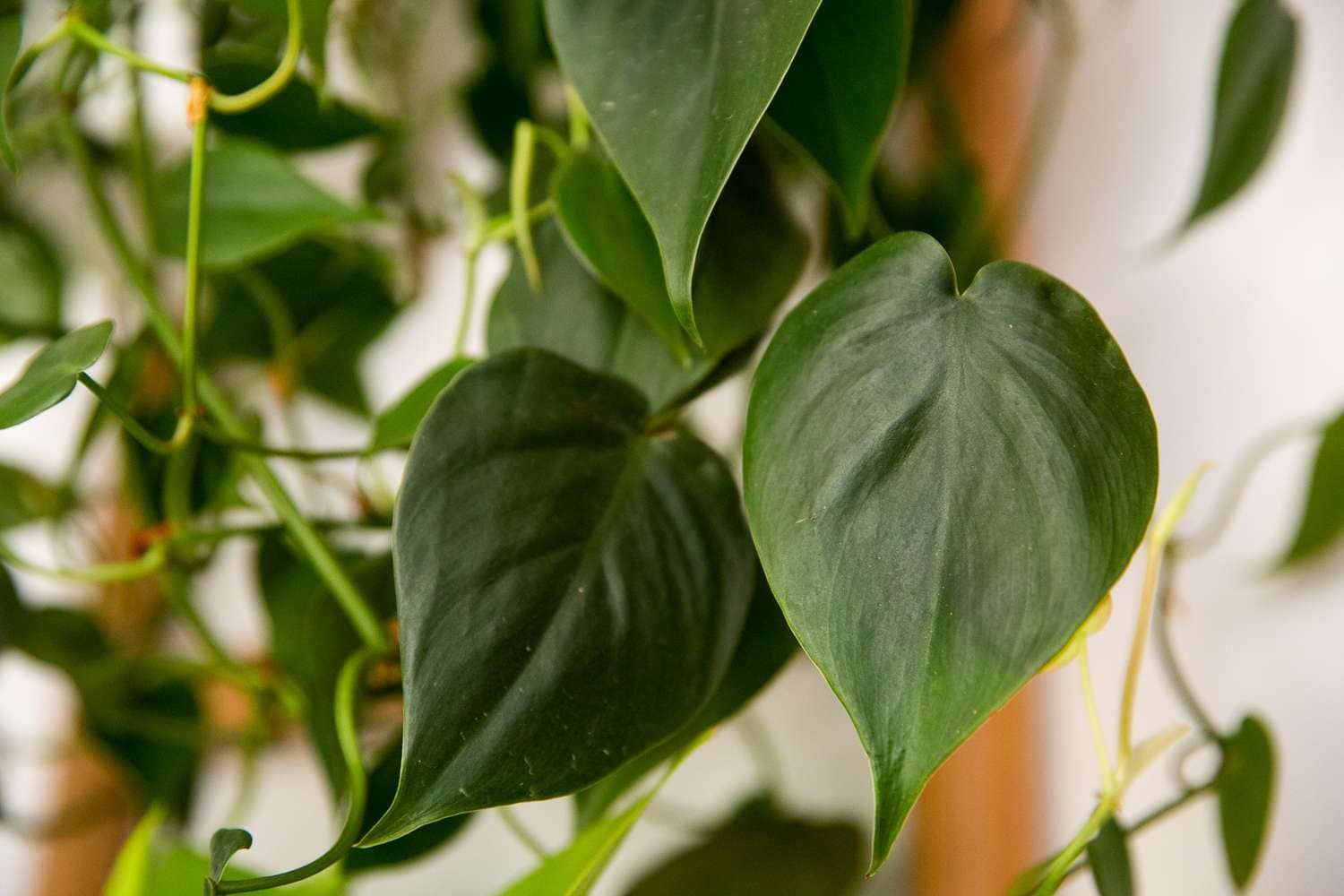Introduction: Variegated Peperomia, with its stunning foliage and ease of care, has become a favorite among plant enthusiasts. Its vibrant colors and unique patterns make it a sought-after addition to any indoor garden. In this article, we will delve into the world of Variegated Peperomia, exploring its characteristics, care requirements, and the joy it brings to plant lovers.
- Understanding Variegated Peperomia: Variegated Peperomia (Peperomia obtusifolia variegata) is a member of the Piperaceae family, native to Central and South America. What sets it apart is its striking foliage characterized by creamy-white, yellow, or light green variegation on glossy, fleshy leaves. The variegation patterns vary from cultivar to cultivar, adding to its allure.
- Characteristics: Variegated Peperomia typically grows to a height of 8-12 inches, making it ideal for tabletops or shelves. Its compact size and low maintenance nature make it perfect for beginners and seasoned plant enthusiasts alike. The leaves are succulent-like, storing water to withstand periods of drought. The plant occasionally produces small, insignificant flowers on upright spikes.
- Ideal Growing Conditions: To thrive, Variegated Peperomia requires bright, indirect light. Avoid exposing it to direct sunlight, as it can scorch the delicate leaves. A well-draining potting mix, such as a blend of perlite, peat moss, and sand, is ideal for ensuring proper drainage and preventing root rot. Maintain a moderate level of humidity, especially during the winter months when indoor air tends to be drier.
- Watering and Fertilizing: Allow the top inch of soil to dry out between waterings, then water thoroughly, ensuring excess water drains away. Overwatering can lead to root rot, so it’s crucial to strike the right balance. During the growing season (spring and summer), fertilize the plant monthly with a balanced liquid fertilizer diluted to half strength. Reduce fertilization in the fall and winter when growth slows down.
- Propagation: Variegated Peperomia can be propagated through stem or leaf cuttings. Simply cut a healthy stem or leaf and place it in moist potting soil or water. Ensure the cutting receives indirect light and maintain moisture levels until roots develop. Once rooted, transplant the cutting into its own pot, and treat it as you would a mature plant.
- Pest and Disease Management: While Variegated Peperomia is relatively pest-resistant, it may occasionally attract mealybugs, spider mites, or aphids. Regularly inspect the plant for any signs of pests, and if detected, treat them promptly with insecticidal soap or neem oil. Ensure good air circulation around the plant to prevent fungal diseases.
- Decorative Uses: Variegated Peperomia’s vibrant foliage adds a touch of color and texture to any indoor space. It thrives in containers and looks stunning when planted in decorative pots or hanging baskets. Consider combining it with other houseplants to create visually appealing arrangements.
Conclusion: Variegated Peperomia is not just a plant; it’s a work of art that brings nature’s beauty into your home. With proper care and attention, it will reward you with its striking foliage year-round, serving as a testament to the wonders of indoor gardening. Whether you’re a novice or a seasoned green thumb, Variegated Peperomia is sure to captivate your heart and enhance your living space.

